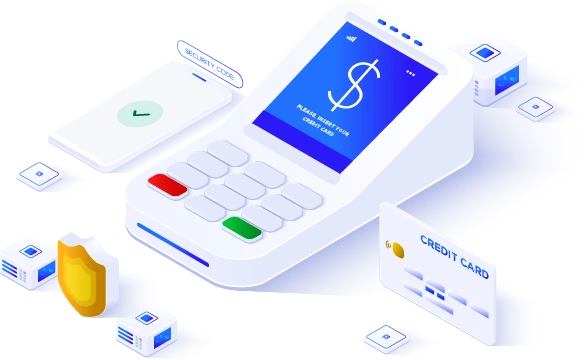Payment processing has undergone a remarkable transformation in recent years, propelled by advancements in technology and changes in consumer behavior. From traditional cash transactions to the rise of digital wallets and contactless payments, the landscape of how we pay for goods and services has evolved dramatically. In this article, we'll explore the journey of payment processing and its impact on businesses and consumers alike.
Gone are the days when cash was king. While physical currency still holds its place in many transactions, the advent of electronic payment methods has revolutionized the way we handle money. Credit and debit cards were among the first steps toward a cashless society, offering convenience and security to consumers while streamlining transactions for businesses. However, the real game-changer came with the introduction of online payment systems.
The rise of e-commerce paved the way for online payment processors such as PayPal, Stripe, and Square. These platforms provided a secure and efficient way for businesses to accept payments online, opening up new opportunities for merchants to reach customers beyond geographical boundaries. With the growing popularity of online shopping, these payment processors became indispensable tools for businesses of all sizes.
As technology continued to advance, so did the demand for faster and more convenient payment methods. Contactless payments emerged as the next big trend, allowing consumers to simply tap their cards or mobile devices to complete transactions. This technology not only sped up the payment process but also enhanced security by reducing the need for physical contact and minimizing the risk of card skimming or fraud.
The COVID-19 pandemic further accelerated the adoption of contactless payments as consumers and businesses alike sought safer ways to conduct transactions. The fear of spreading the virus through cash or card handling prompted many to embrace touch-free payment methods, leading to a surge in contactless transactions across the globe. In response to this shift, businesses quickly upgraded their payment systems to accommodate contactless payments, further solidifying its place in the future of payment processing.
Beyond traditional payment methods, the rise of digital currencies such as Bitcoin and Ethereum has introduced yet another dimension to the payment processing landscape. While still in its early stages, cryptocurrency has gained traction as a viable alternative to fiat currency, offering decentralization, security, and lower transaction fees. Although mainstream adoption remains limited, the potential of blockchain technology to revolutionize payment processing cannot be ignored.
Looking ahead, the future of payment processing promises even greater innovation and convenience. The rise of mobile payment apps, such as Apple Pay and Google Pay, has transformed smartphones into virtual wallets, allowing users to make purchases with a simple tap or swipe of their device. Biometric authentication, such as fingerprint or facial recognition, adds an extra layer of security to these transactions, further enhancing the user experience.
Moreover, the Internet of Things (IoT) is poised to reshape Online Payment Processing by enabling seamless transactions between connected devices. Imagine a world where your refrigerator automatically orders groceries when you're running low or your car pays for parking without you ever reaching for your wallet. With IoT technology, the possibilities for frictionless payments are endless.






Comments